Athletes push their bodies hard. But performance isn’t just about muscle power. It’s about balance, flexibility, recovery, and control.
That’s where Pilates comes in.
Using a Reformer Machine, athletes can improve strength and coordination in ways that traditional gym workouts can’t match. The resistance-based movements challenge stabiliser muscles, enhance joint mobility, and strengthen the core — key ingredients for peak performance.
Why Athletes Should Use a Reformer Machine
The Reformer Machine is the ultimate performance tool. It trains your body to move efficiently under control — improving form, endurance, and body awareness. Whether you’re a runner, swimmer, or footy player, Pilates complements your sport by targeting weak links that often cause injuries.
- Builds core strength for better stability
- Improves flexibility and range of motion
- Enhances muscular endurance
- Supports faster recovery between sessions
- Boosts coordination and control
Think of it as functional strength training refined.
Top Pilates Exercises for Athletes
Here are the most effective Reformer Machine exercises to add to your athletic routine.
1. Footwork Series
Targets: Quads, hamstrings, glutes, calves
Why it’s good: Builds lower-body power and improves balance for running and jumping sports.
Pro tip: Focus on even weight through both feet to strengthen stabilisers and improve foot alignment.
2. Long Stretch Series
Targets: Core, shoulders, chest
Why it’s good: Improves shoulder stability and total-body control — essential for swimmers, boxers, and team-sport athletes.
3. Leg Circles
Targets: Hip flexors, glutes, core
Why it’s good: Promotes hip mobility and control, reducing the risk of tightness or strain.
Pro tip: Keep your core engaged and move with precision. Slow and steady wins this one.
4. Bridge with Heel Lift
Targets: Glutes, hamstrings, lower back
Why it’s good: Strengthens the posterior chain for sprinting, cycling, and explosive movements.
5. Rowing Series
Targets: Back, shoulders, core
Why it’s good: Enhances posture and shoulder strength — vital for overhead athletes like tennis players or swimmers.
6. Elephant
Targets: Hamstrings, calves, core
Why it’s good: Stretches tight legs while building deep core strength and control. Perfect for recovery days.
How Often Should Athletes Do Pilates?
Start with 2 to 3 sessions a week. Reformer Pilates complements your regular training. It strengthens without adding bulk and supports recovery between high-intensity workouts.
Over time, you’ll notice more control, better balance, and fewer injuries — all while moving smoother and stronger.
Why Choose FitBoutique Equipment
If you’re serious about your performance, your equipment should match your goals.


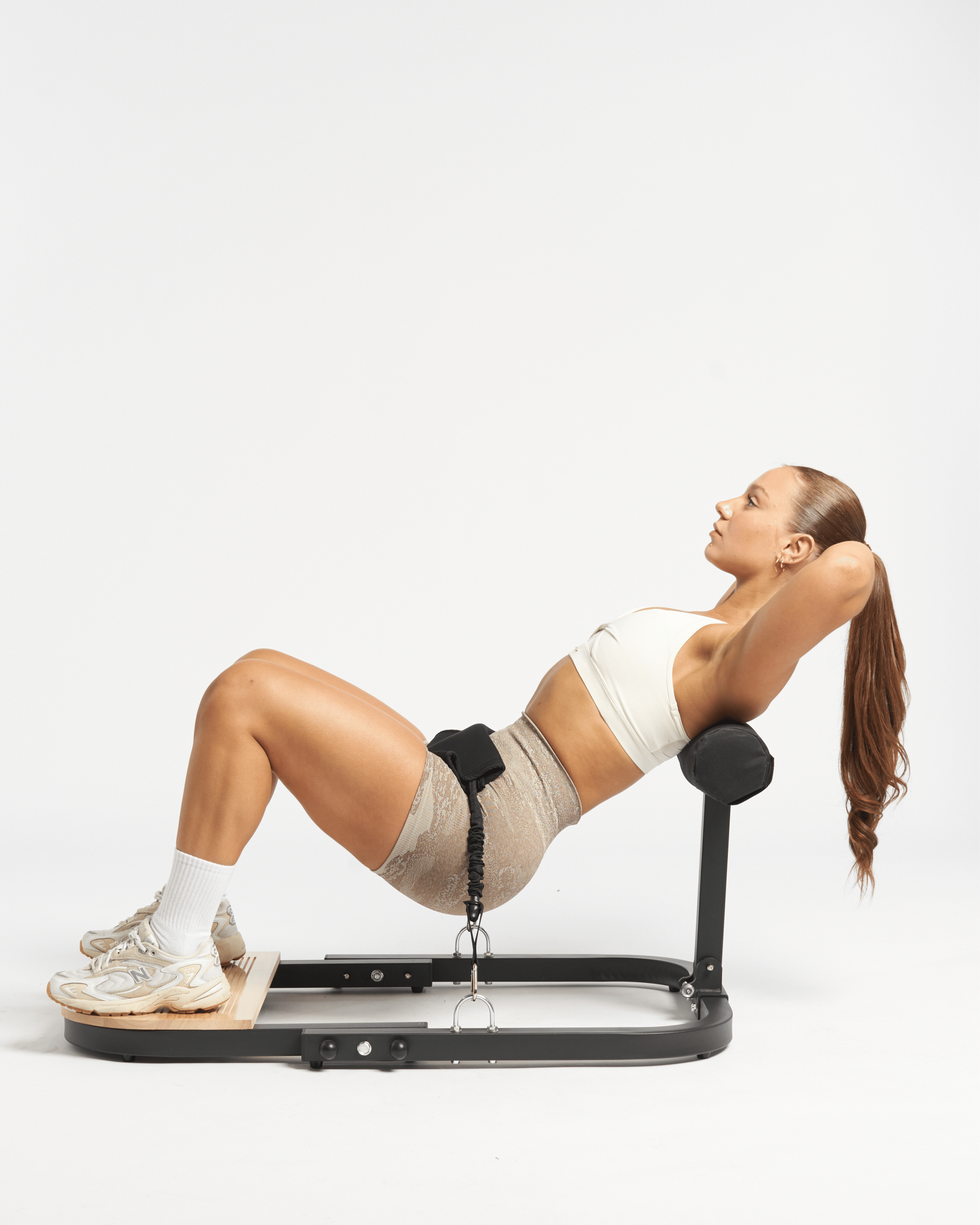
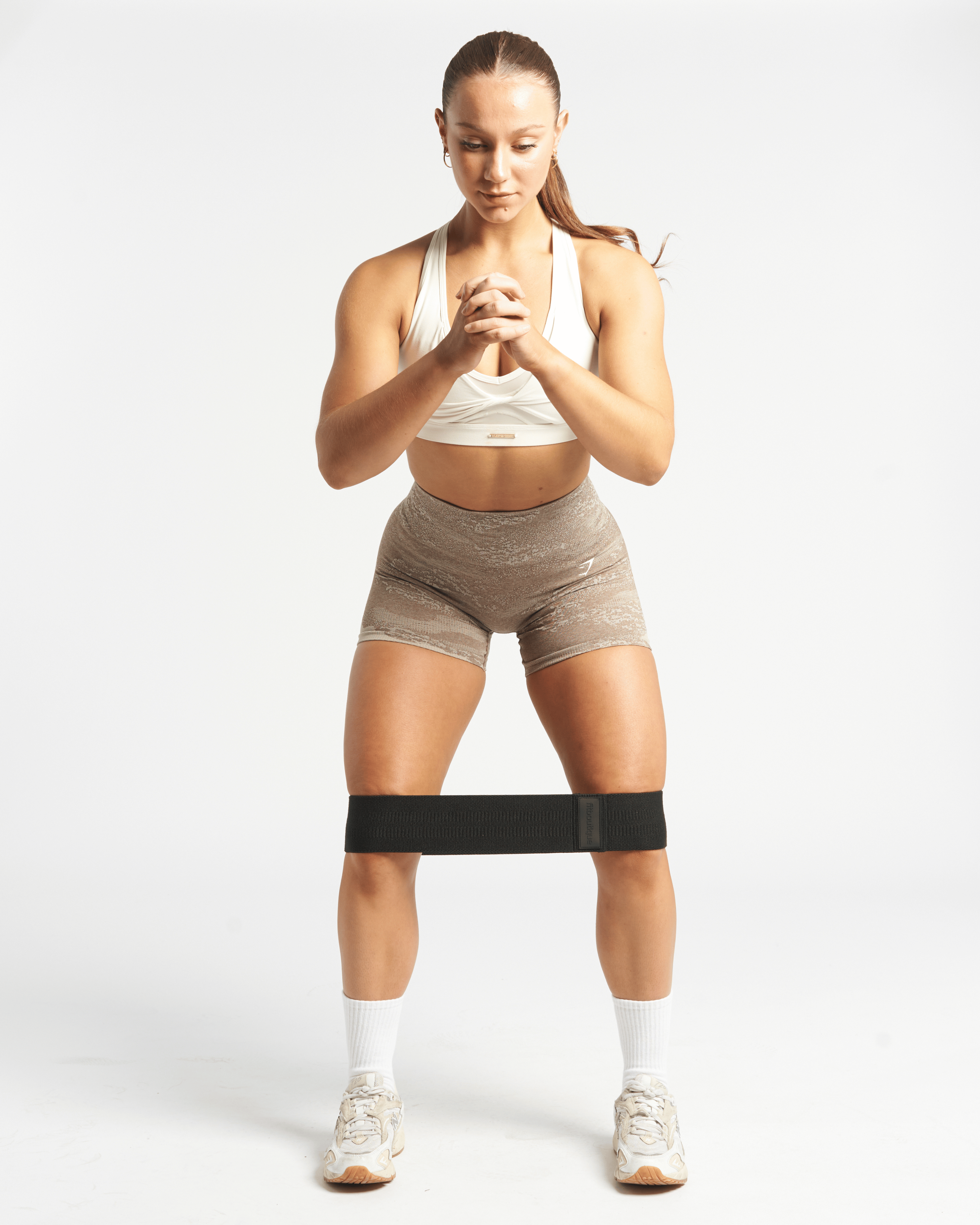
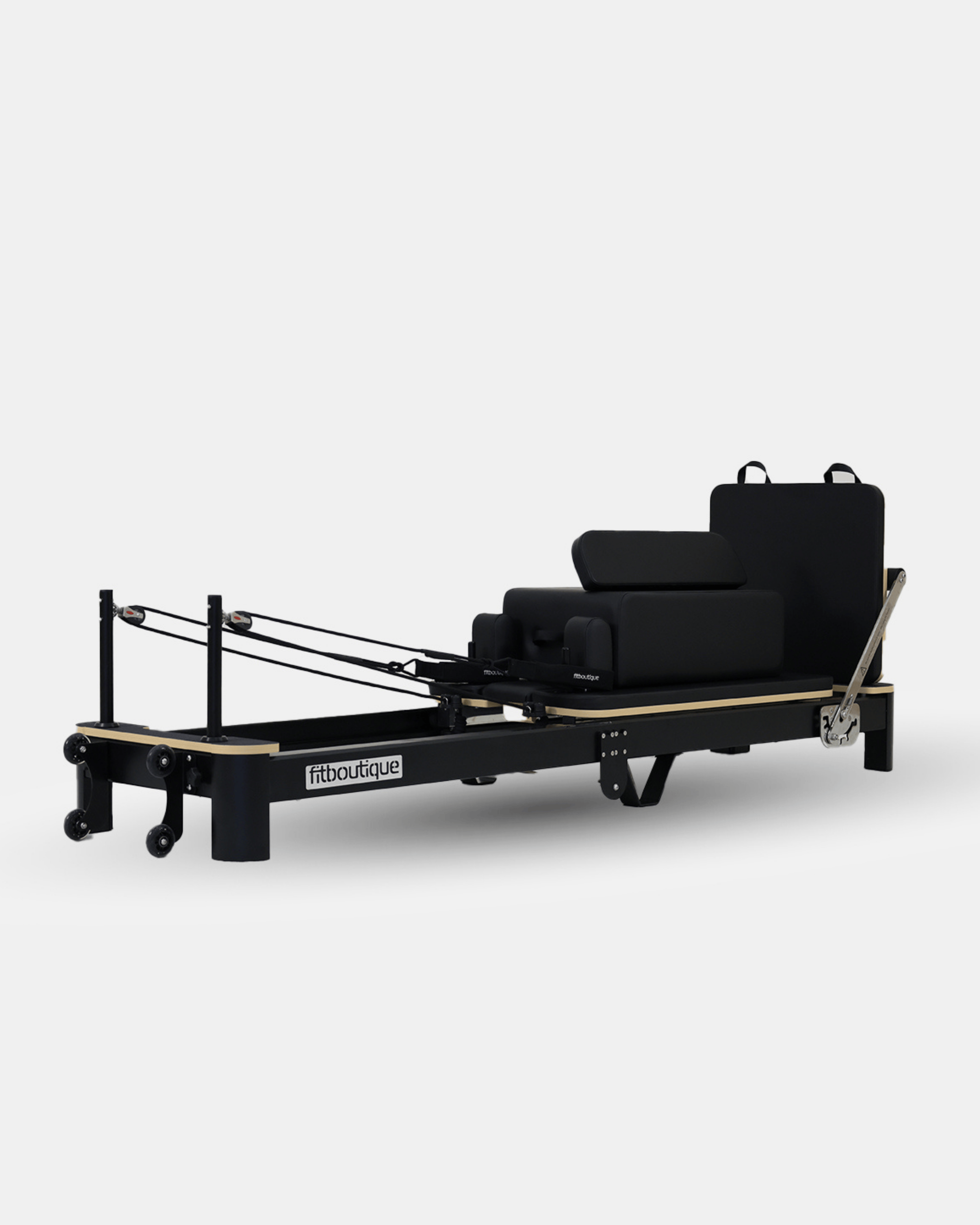
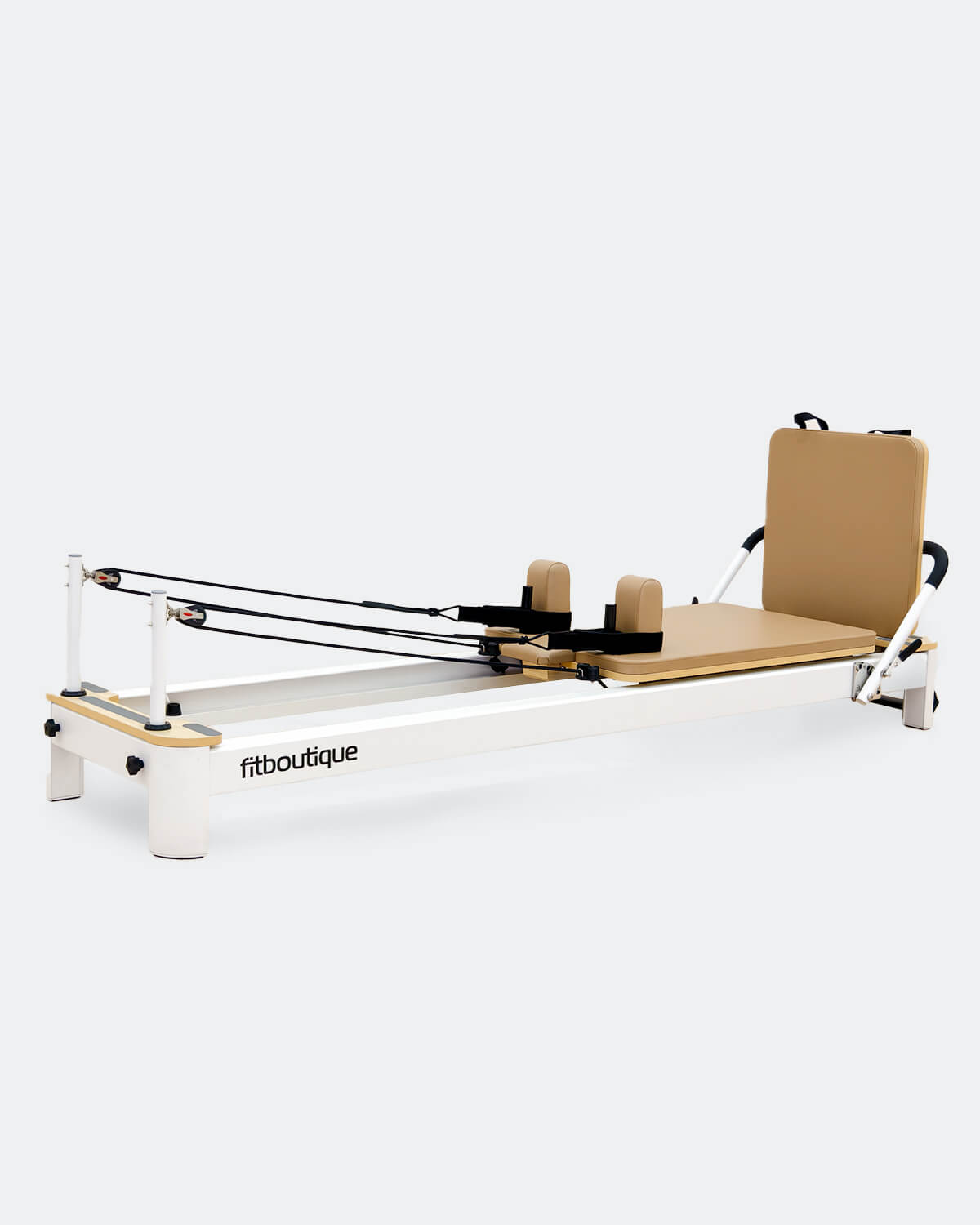
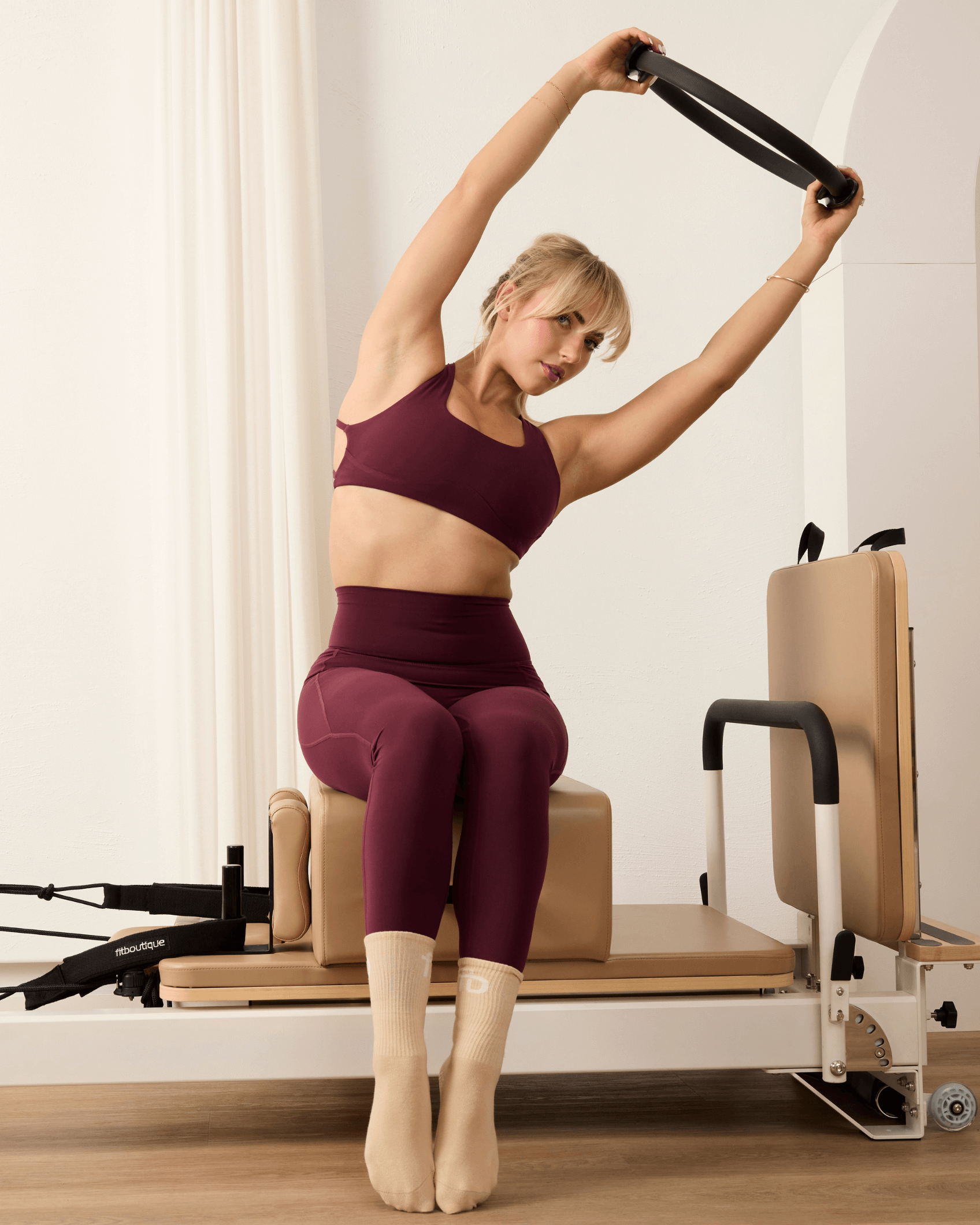

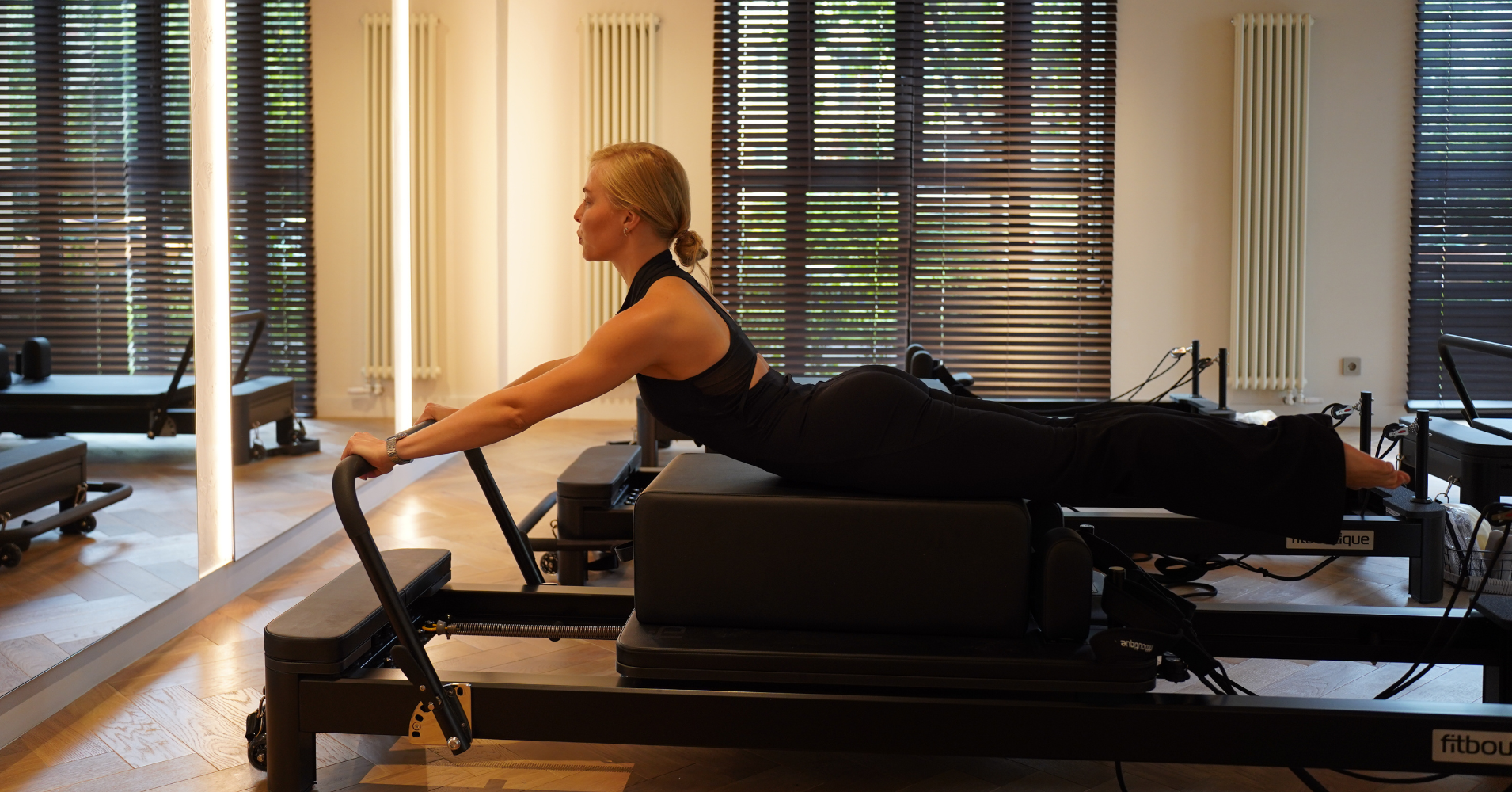
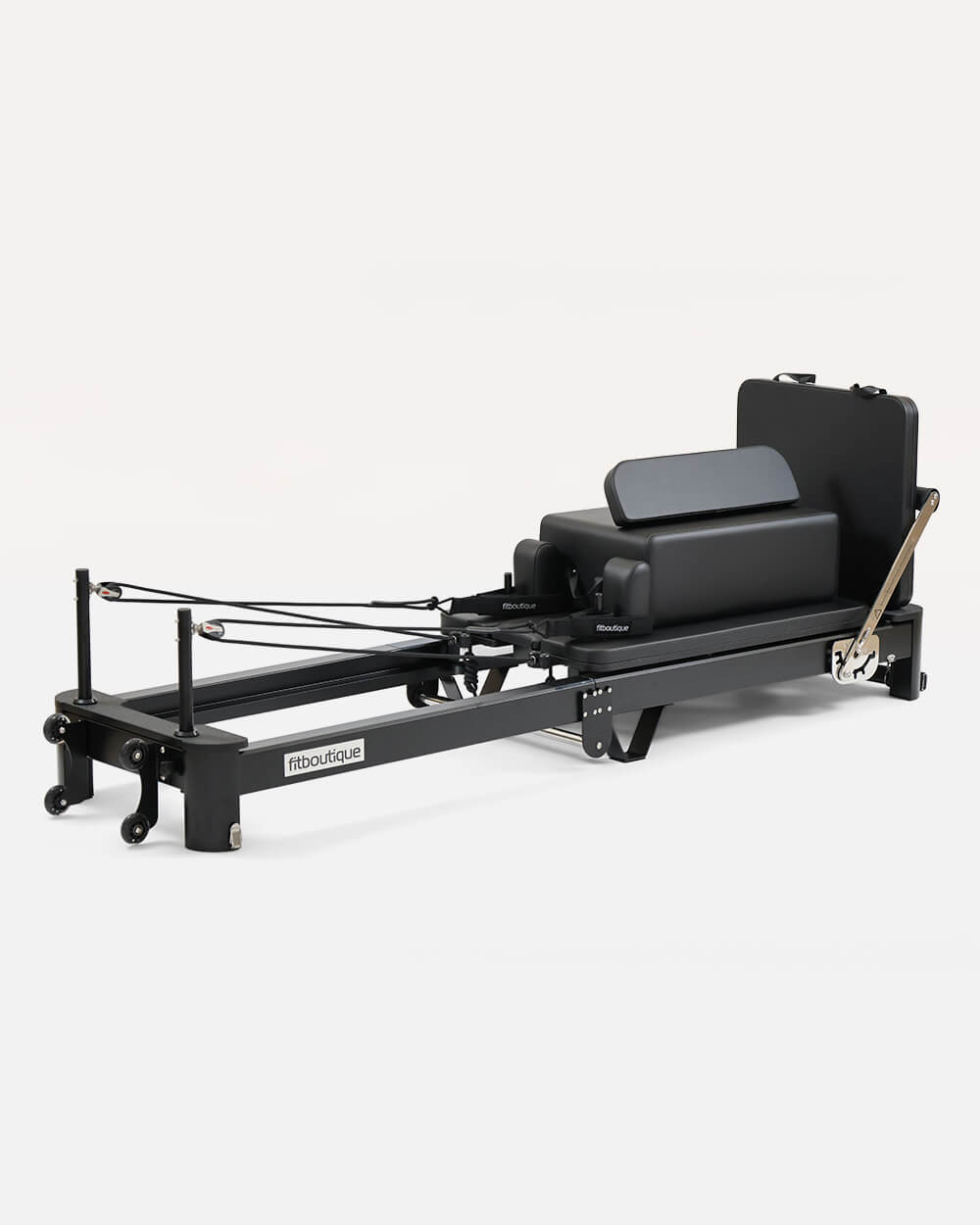
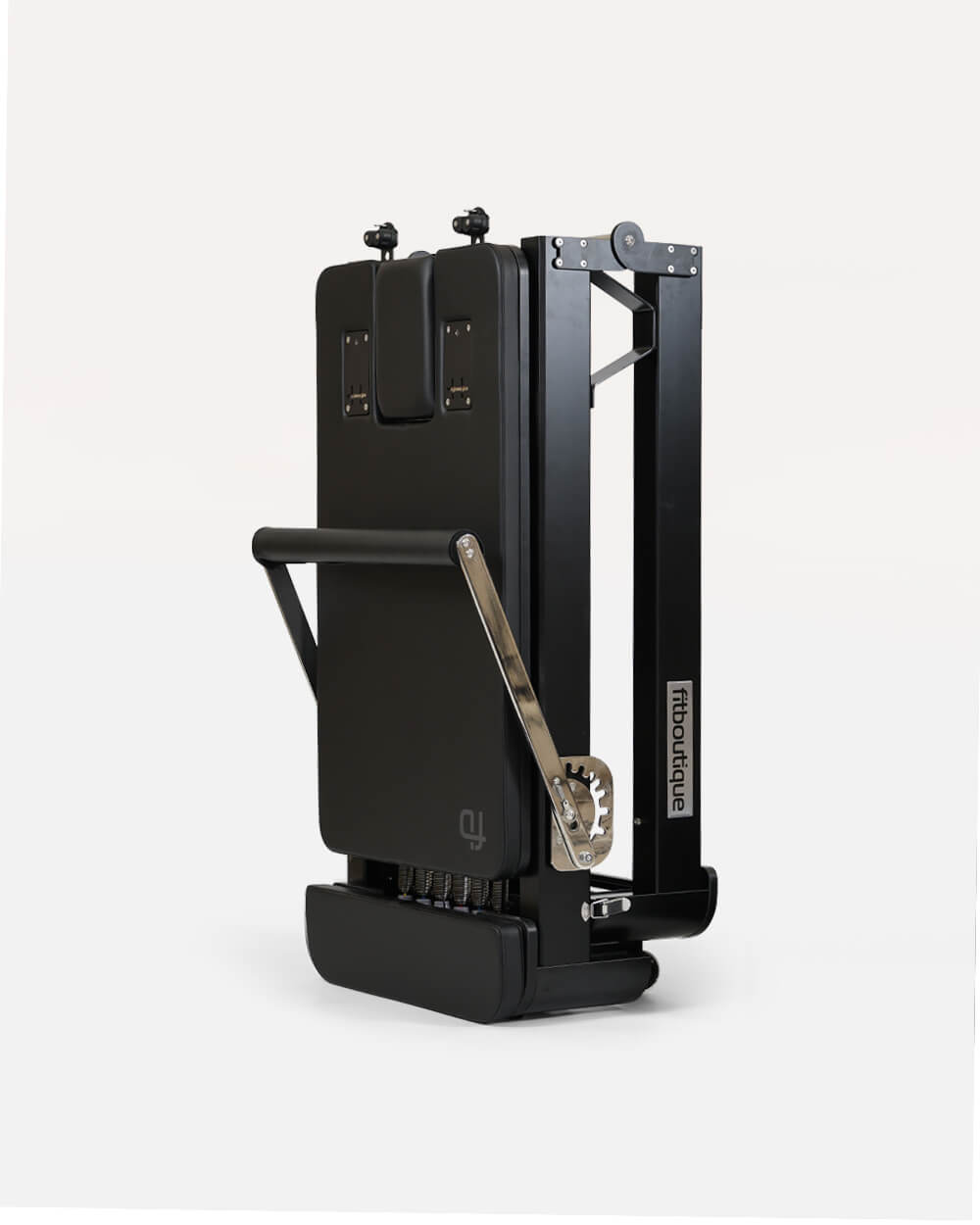

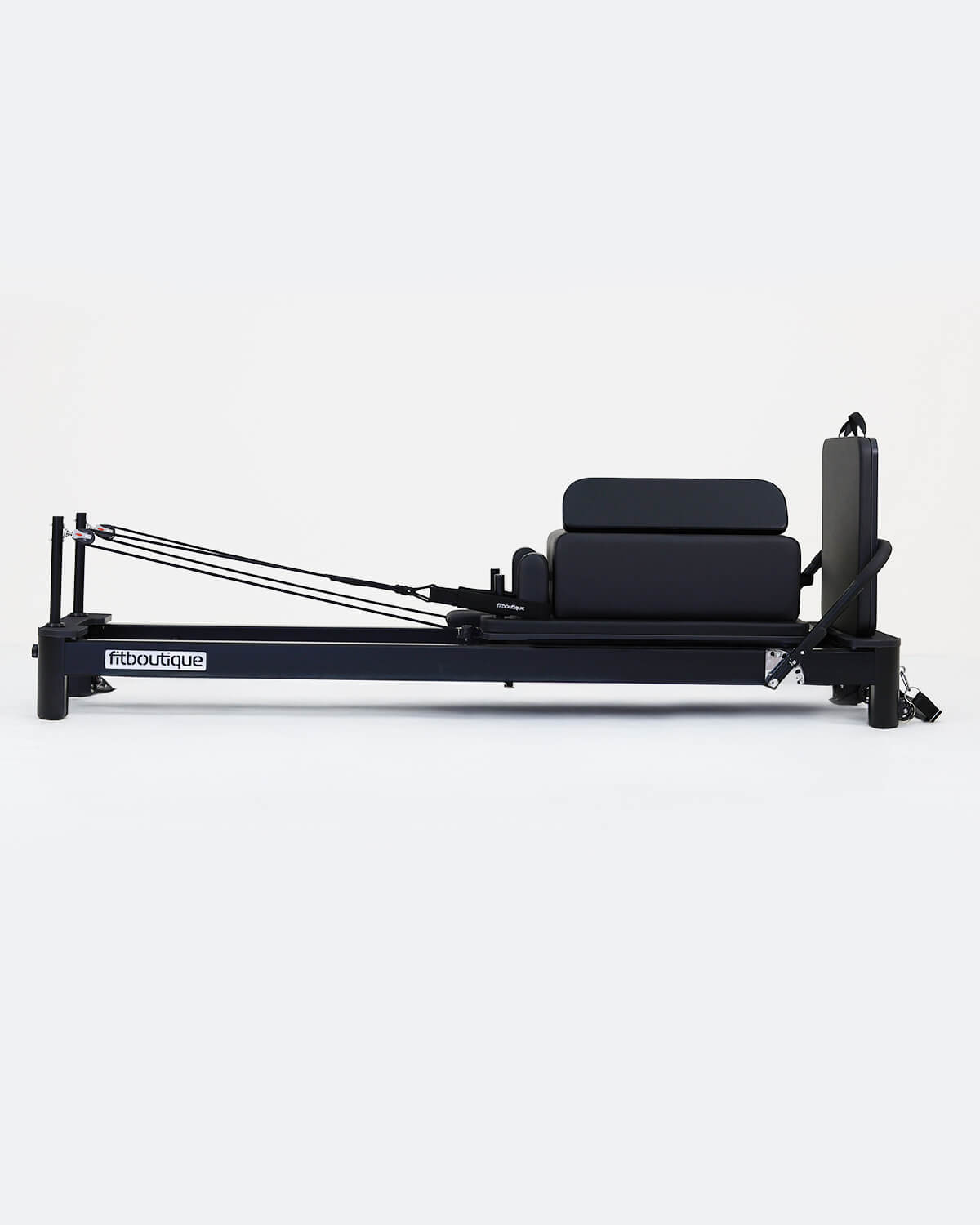
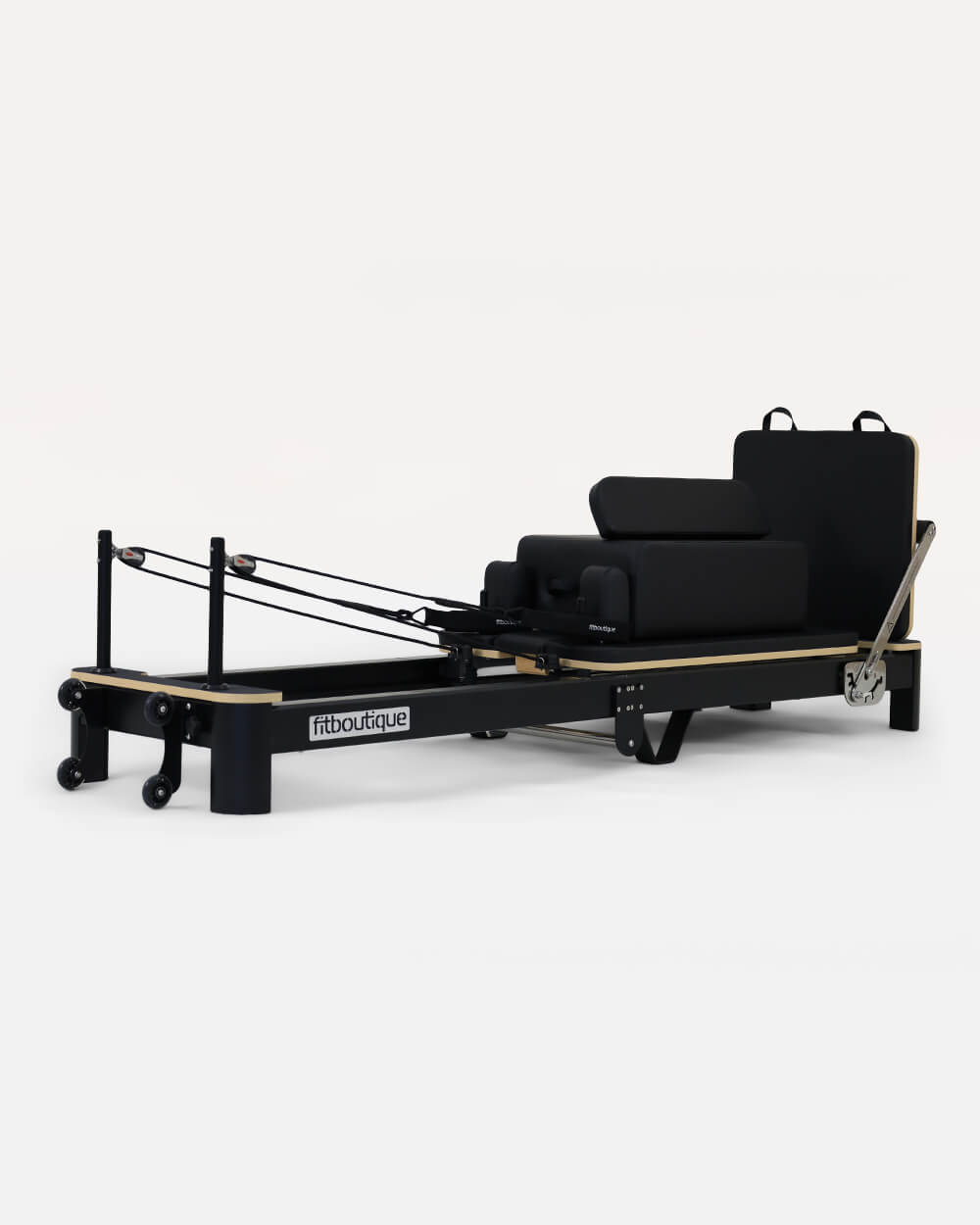

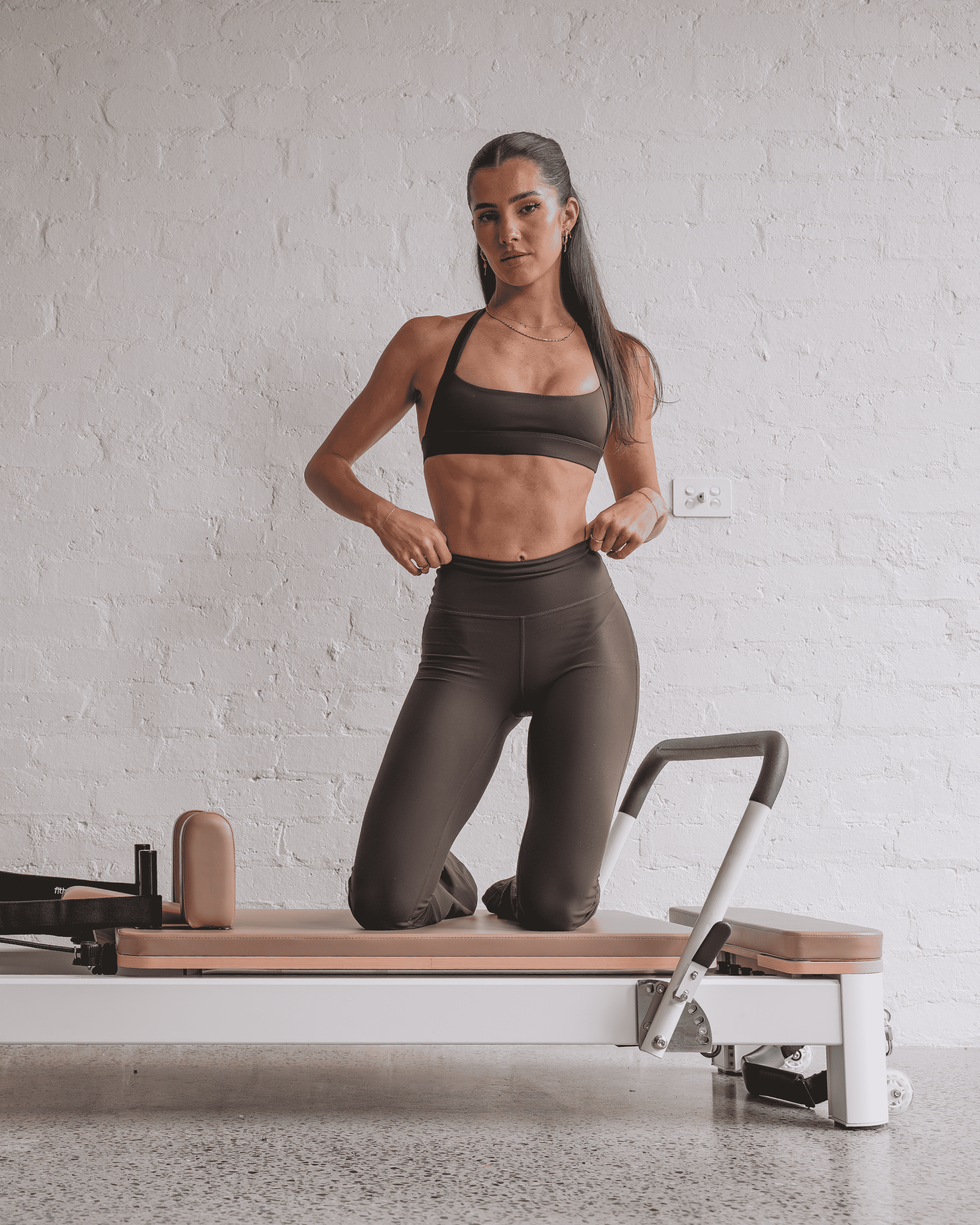
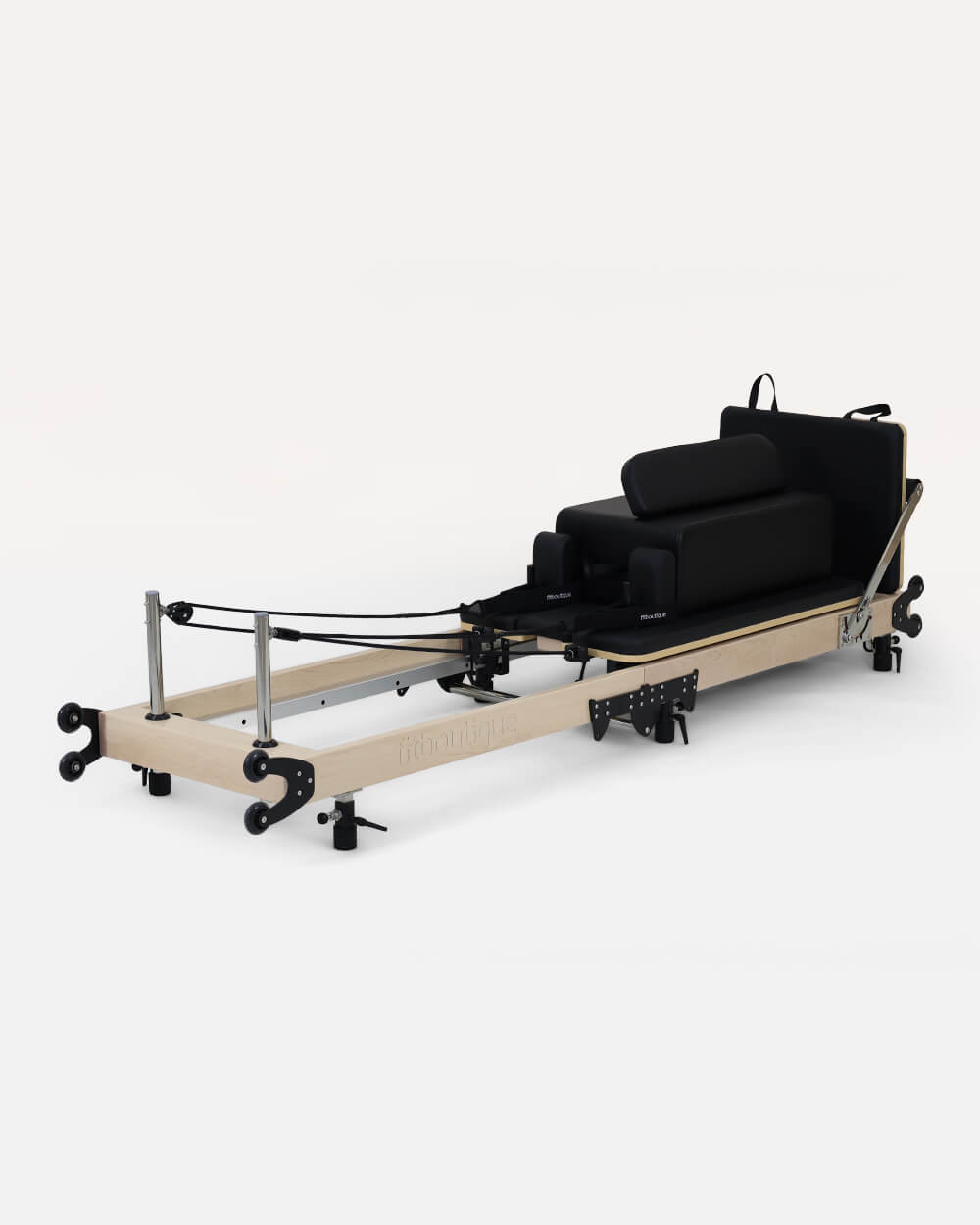
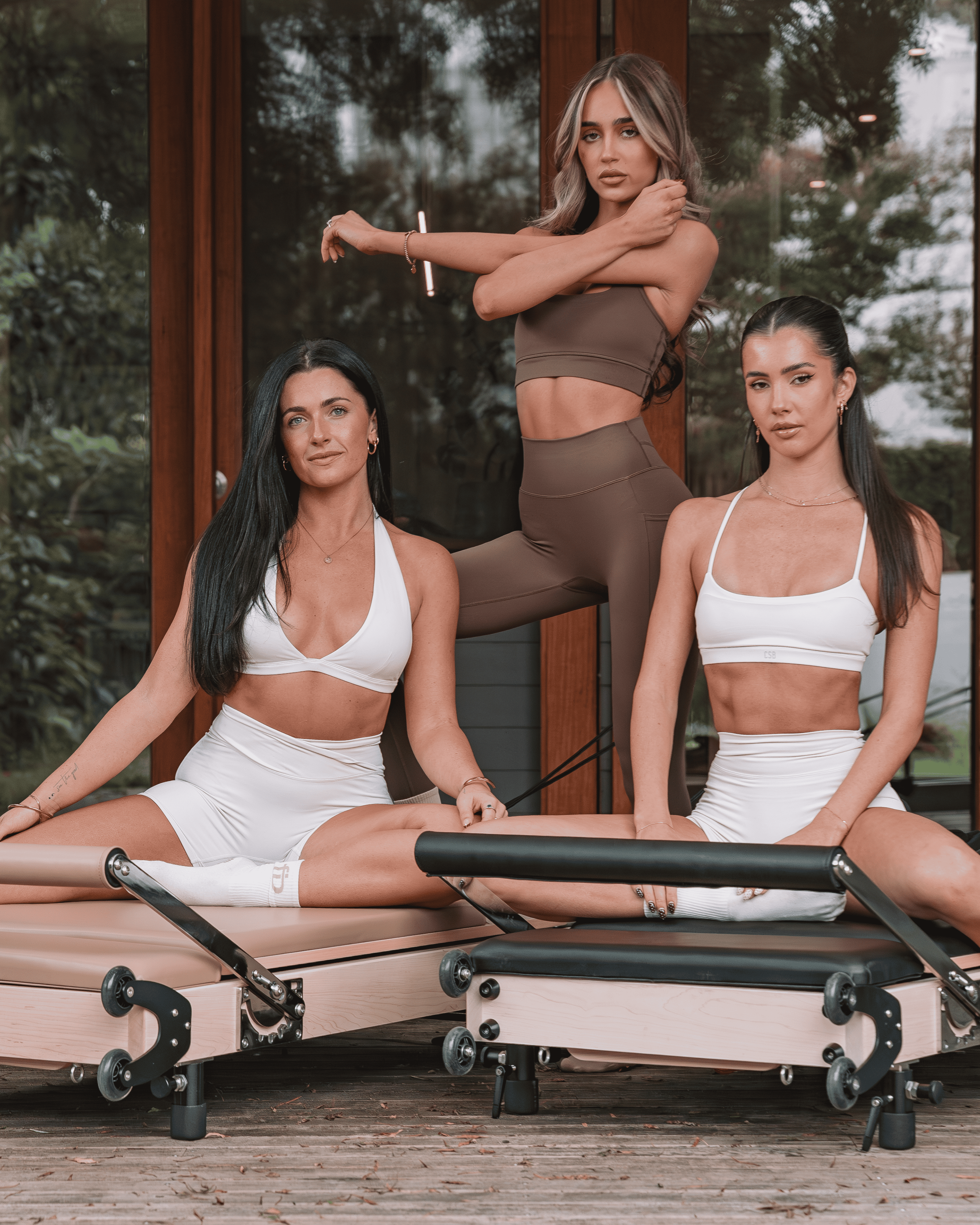
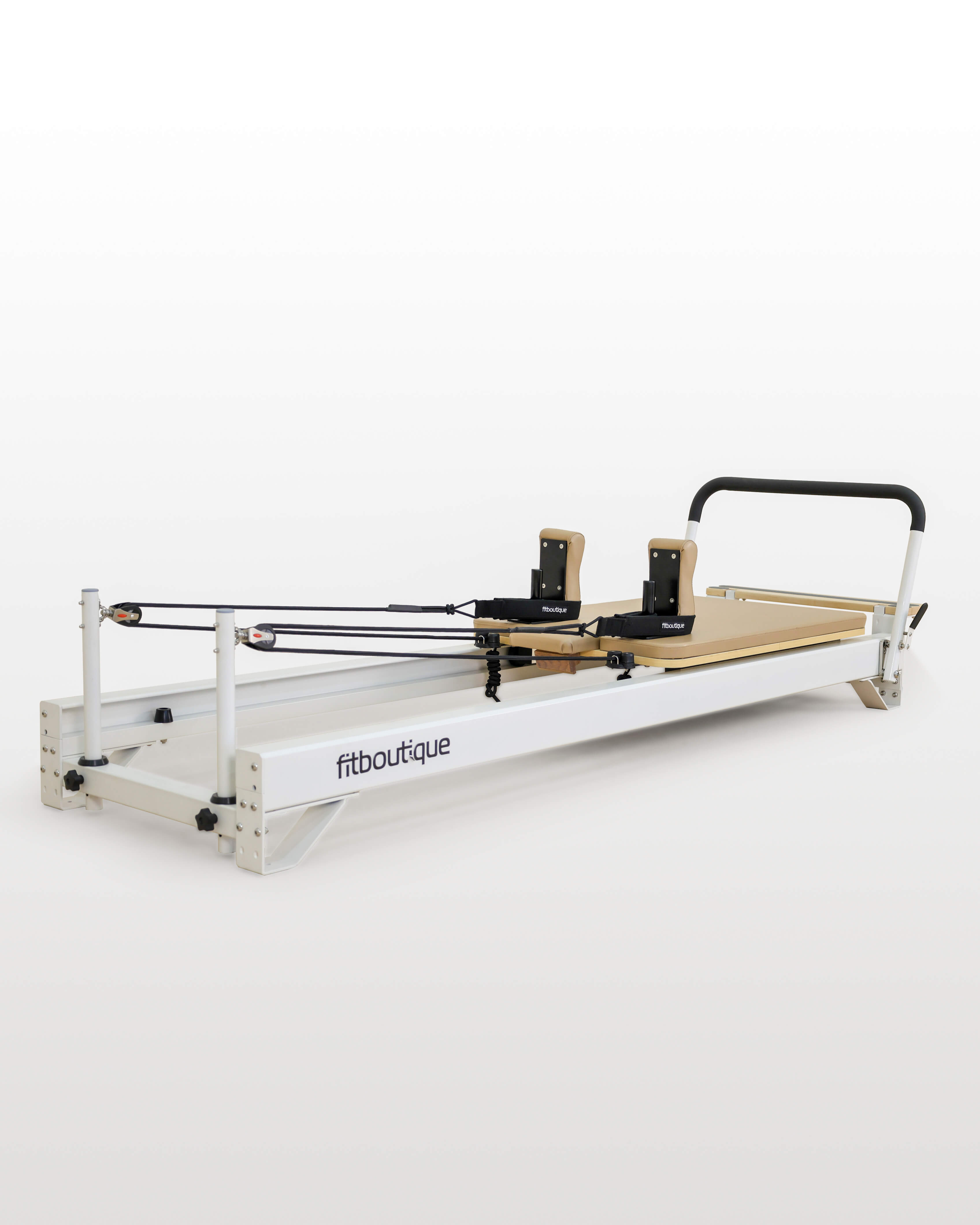
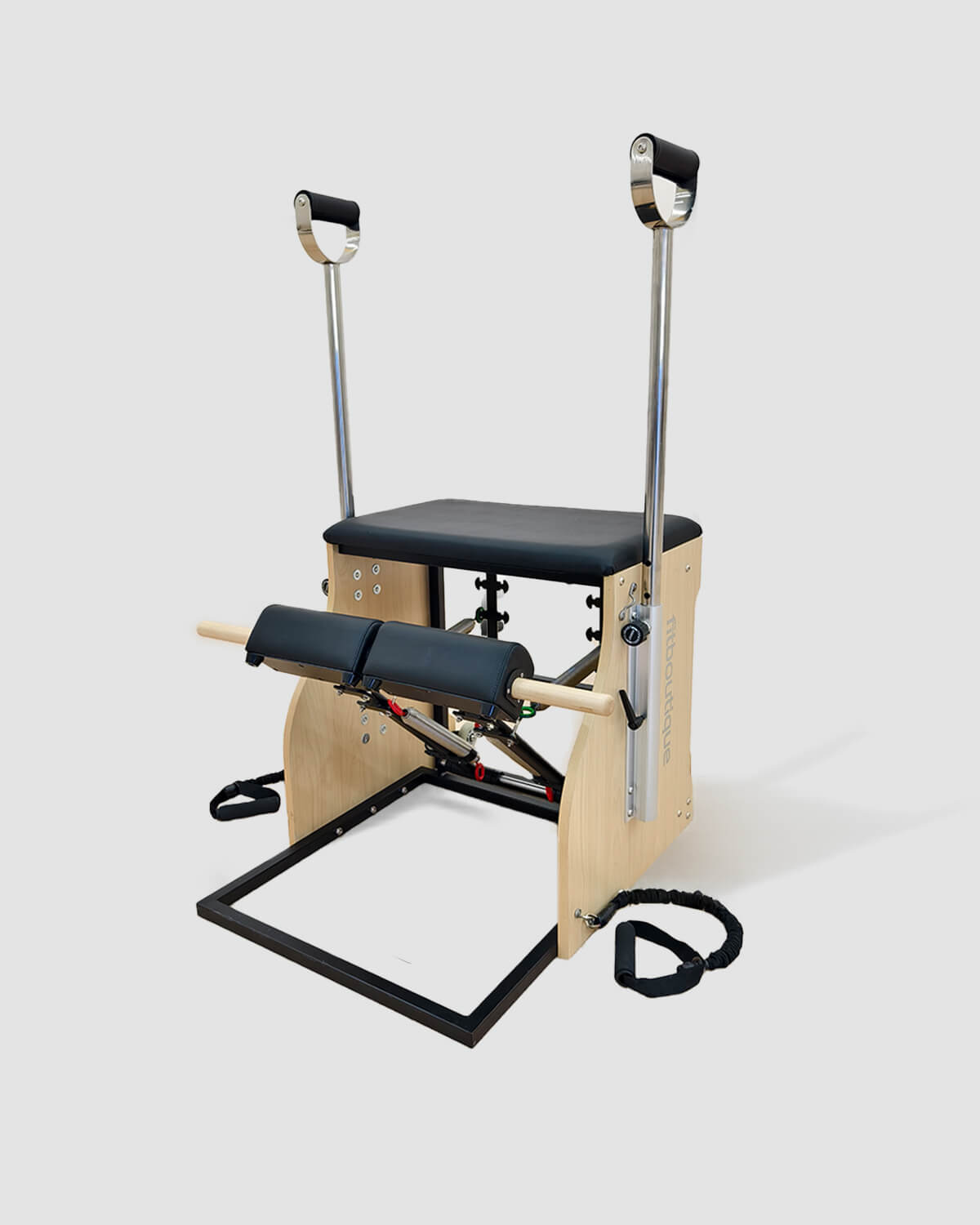


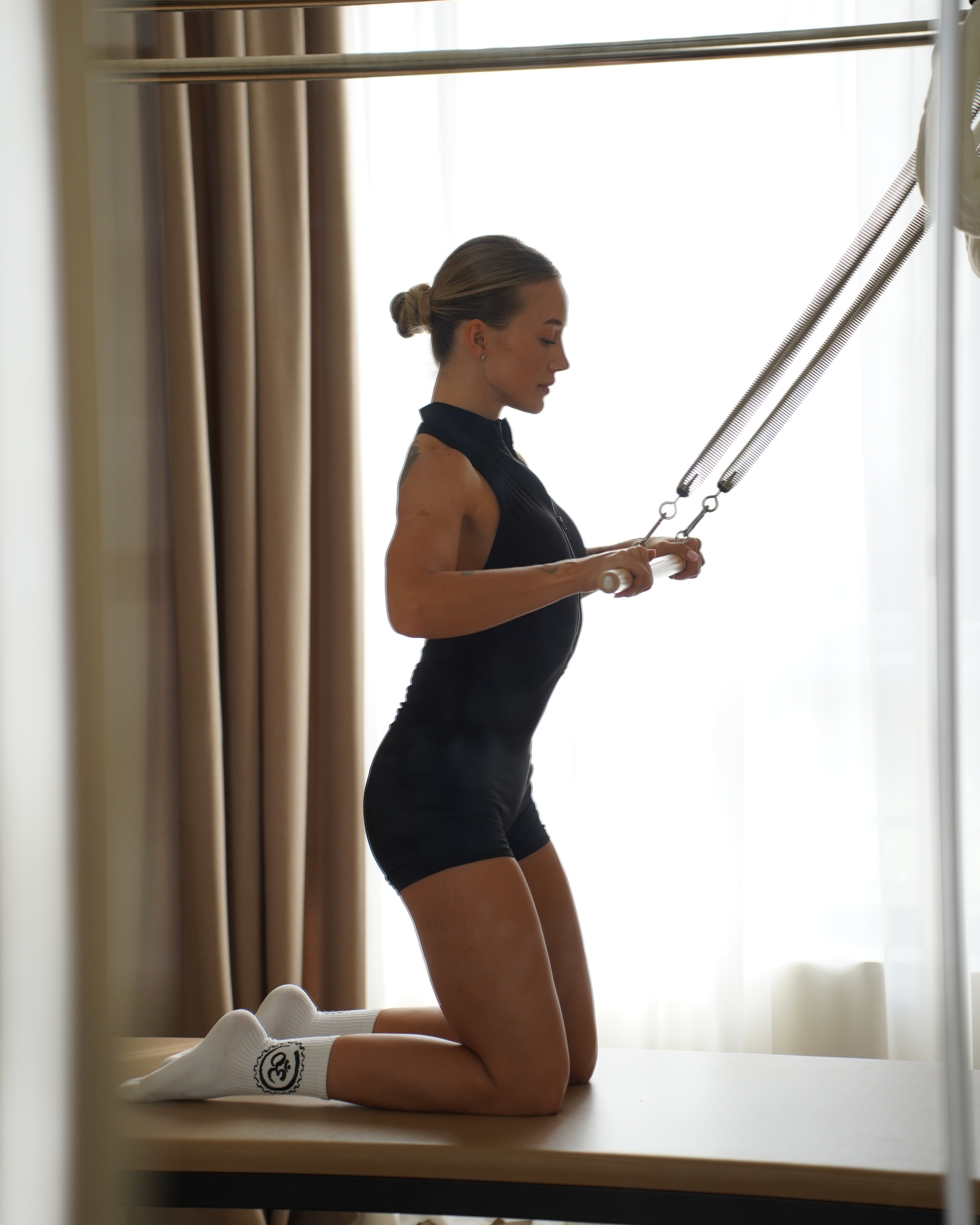













Leave a comment